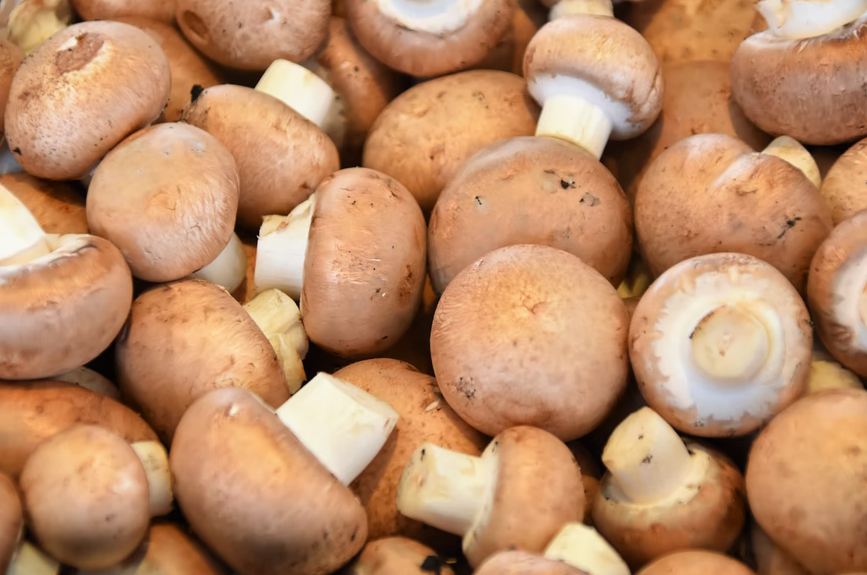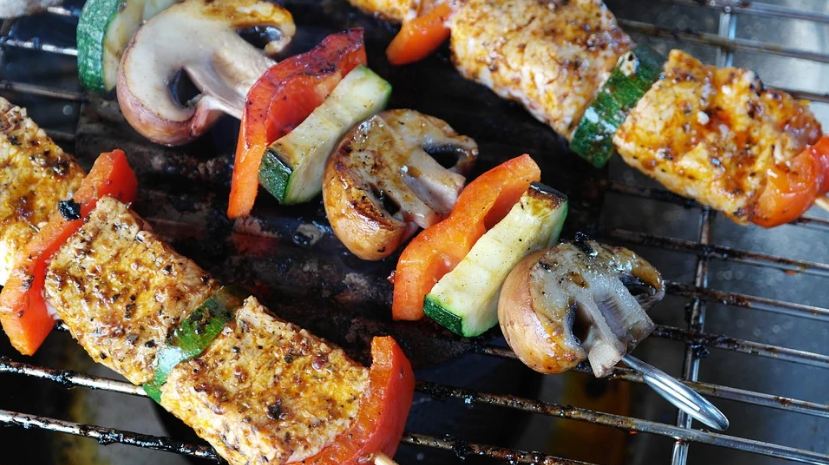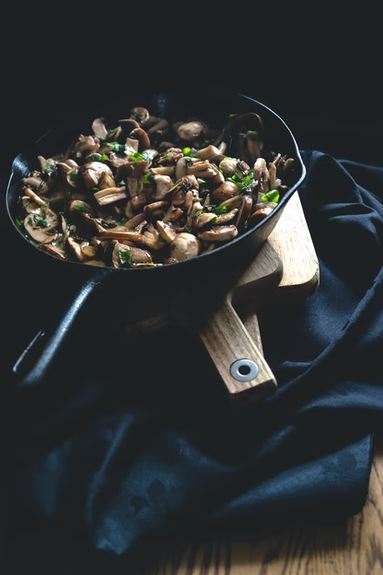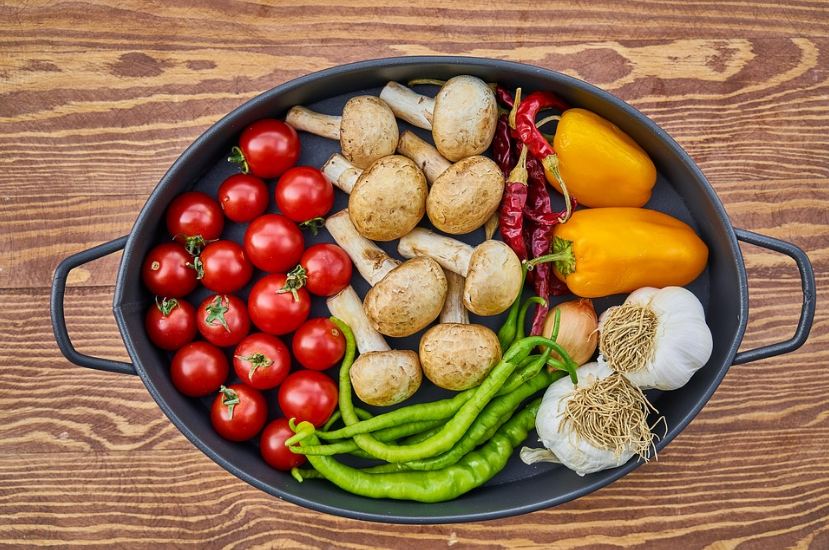For almost a millennium edible mushrooms, mainly known as edible fungi have been used in recipes and have been a favorite of a quite dense group of people. Mushrooms at their core have a very vast range of distinctive types. Some types can be easily found in stores, while others can be found in dense areas and forests, raw, and fresh. Whenever you find a mushroom in a wild area or dense area, do not consume it as it is, if you do not have much information about different types of fungi or mushrooms. It could turn out to be poisonous, who knows?
Many chefs from all around the world have been using them in their specific recipes making them an internationally accepted ingredient for multiple cuisines, just because of their uniqueness, taste, and Healthy Nutrients. At their core, despite being a member of the fungi family, they are categorized as a vegetable, when it comes to cooking, and serving. Mushrooms are super delicious, and add an exceptional flavor to your meal. It is free from fat, and sodium.
Tips Before Cooking Mushrooms
Mushrooms being particularly lighting and temperate delicate, are usually observed thriving on rotting debris around native vegetation. It’s strange to think how even fungi can flavor so delicious.
There are several different types of mushrooms, though either you select a basic oyster Mushrooms or even a portabella used in Eastern cuisines, the procedure remains the same.
Always Pick Fresh Mushrooms
Mostly, Mushrooms from the very start come in cling wraps and are sold in the same condition. It is quite hard to identify and pick only fresh mushrooms. It is very beneficial and easy to buy if you find them loose anywhere. That way you will be able to select the fresh ones.
If they lose mushrooms are nowhere to find. Look for the symptoms. Look deeply if there is any kind of slime, mold, or rotting. Opt for evenly colored mushrooms.
1. Clean Mushrooms Before Cooking
Normally mushrooms may hardly need to be cleaned, but inspected for soil or sand. What is more unpleasant than chewing into a filled toadstool that contains dirt? Typically, cleaning using a moist towel is something that is required.
Cut the stalk prior to roasting. This really is frequently crunchy. (Whether you are making filled mushrooms, you must cut them and mix them in with all the remaining components.)
2. Right Way to Store Mushrooms
They can be stored in the refrigerator for approximately to 3-four days. If you leave them for any later, they might get sticky or shriveled. Never use plastic wrap to cover them.
Store them in a brown paper baggie as well as on the platter they come in occasionally, wrapped with a moist clean towel.
3. Ways to cook mushrooms
The greatest typical technique of preparing mushrooms is roasting or sauteing although they could alternatively be toasted, grilled, or baked. Many individuals heat them inside the oven for several minutes, but some people don’t like them that way.
4. Don’t overcrowd the pan
Mushrooms have a significant moisture level, therefore, require extra space during cooking. If you place them overly tightly together, they might sweat rather than fry.
5. Give them time to Cook Properly
Allow mushrooms to sit while mixing or rotating if you really want the gorgeous caramelized exterior. Just step aside for a couple of moments.
6. When should you consume them?
Mushrooms are ideally consumed immediately after the following cooking since the meat darkens and loses its appearance. This is less crucial if you really are putting mushrooms in some kind of a marinade, but for appetizers like loaded mushrooms, the look is much more vital.
Types of Mushrooms you Should Consider Cooking
S.No | Mushrooms | Descriptions |
1 | White Button | The most popular mushroom, white buttons represent about 90 percent of mushrooms consumed in the United States. |
2 | Portabella | A larger relative of criminis. Portabellas have tan or brown caps and measure up to 6 inches in diameter |
3 | Oyster | Oysters can be gray, pale yellow, or even blue, with a velvety texture. |
4 | Beech | Breech Mushrooms are petite with either all-white or light brown caps |
5 | Crimini | Also known as baby Bellas or browns, criminis are similar in appearance to whites but have a light tan to rich brown cap and a firmer texture. |
6 | Shiitake | Shiitakes are tan to dark brown and have broad, umbrella-shaped caps, wide open veils, tan gills, and curved stems that should be removed. |
7 | Enoki has tiny, button-shaped caps and long, spindly stems. | |
8 | Maitake | Maitake appears rippling and fan-shaped, without caps. They are also called “Hen of the Woods” |
Tips for Cooking Mushrooms
Mushrooms are indeed a tasty vegetable that can be added to stews, sautéed for macaroni meals, or used in place of chicken in a robust organic burger. However, if not prepared correctly, the cherished mushroom may quickly destroy a meal rather than improve it. From improper preparation to bad component combinations, these really are six errors to consider while making delicious mushroom foods.
Some of the cooking tips are as follows to cook and serve mushrooms:
1. Add salt in the right amount and manner
The addition of salt beforehand or soon after putting the mushrooms inside the saucepan will suck out all the moisture, causing them to cook inside their own juices. This might lead to brittle and scratchy mushrooms with no taste. Right at the end of simmering, add salt once they’ve caramelized.
2. Cook for a good amount of time
Be careful while cooking the mushrooms, avoid cooking too much. Cook them enough so that their juice can all be extracted properly. Once they are properly cooked you can add your sauces and spices and sauté for few more minutes.
3. Wash them in the Right Manner
Mushrooms absorb a lot of moisture and get mushy. Don’t ever rinse your mushrooms once they’ve been sliced; instead, wash them fully. Take a dish with water and immerse mushrooms in it. Then, place them on such a baking dish covered with paper towels for 60 minutes to dry.
4. Use enough Oil
Mushrooms absorb oil; therefore, they typically take a huge amount of oil in the beginning. Your saucepan will most probably be full of mushrooms liquid within a couple of moments. If you want to go creative, add some margarine and herbs in the last moment of roasting.
5. Avoid High or Low Flame, Go with Moderate Flame
When it comes to mushrooms, the moderate flame is the technique to really go. Avoid going excessively high or low flame, since this might result in overcooked or raw mushrooms. You would like the juices to gently vaporize as the caramelization takes place.
6. Avoid slicing them too thin
Mushrooms seem to compress while frying, so larger slices assist to compensate by adding texture and volume to the dishes. Furthermore, tiny mushrooms could be cooked full, but enoki mushroom is best ripped rather than cut. Slice it to a width of a minimum of half inches.
Health Benefits of Cooked Mushroom
S.No | Health Benefits | Vitamins | Nutrients | Minerals |
1 | Helps Lower Blood Pressure | Riboflavin 24% | Protein 6% | Copper 16% |
2 | Regulates insulin levels in the body | Niacin 18% | Dietary Fiber 4% | Selenium 13% |
3 | Lowers bad cholesterol Levels | Pantothenic Acid 15% | Calories 1% | Phosphorous 9% |
4 | Helps prevent Osteoporosis and Arthritis | Vitamin B6 5% | Carbohydrate 1% | Potassium 9% |
5 | Protects hair, nails, and teeth | Thiamin 5% | Iron 3% | |
6 | Helps prevent anemia | |||
7 | Boosts bones mineral density | |||
8 | Protects against Cancer |
Conclusion
Mushrooms are consumable fungi that really can supply a range of nutrients. Mushrooms come in a variety of compositional and nutritive values. There is a wide range of them from which you can choose your favorites, and serve them properly with the help of the above-given tips.





